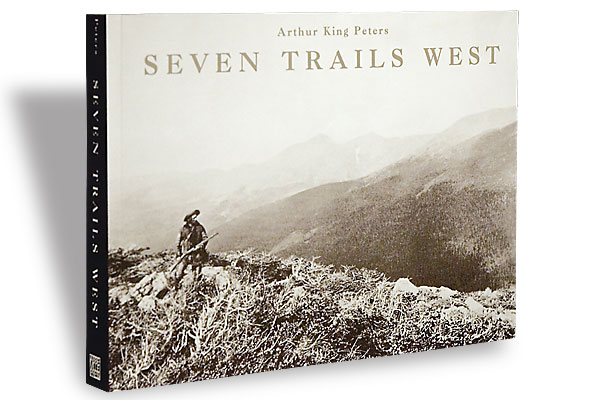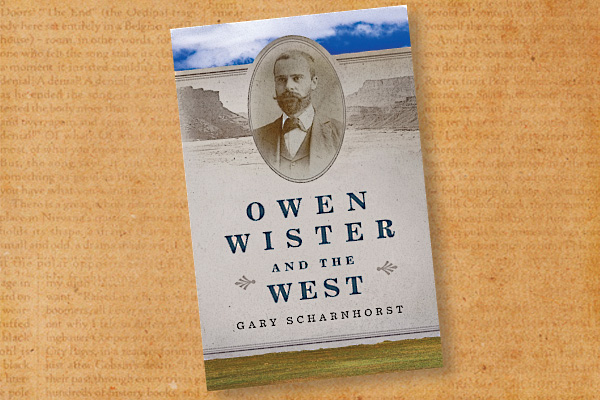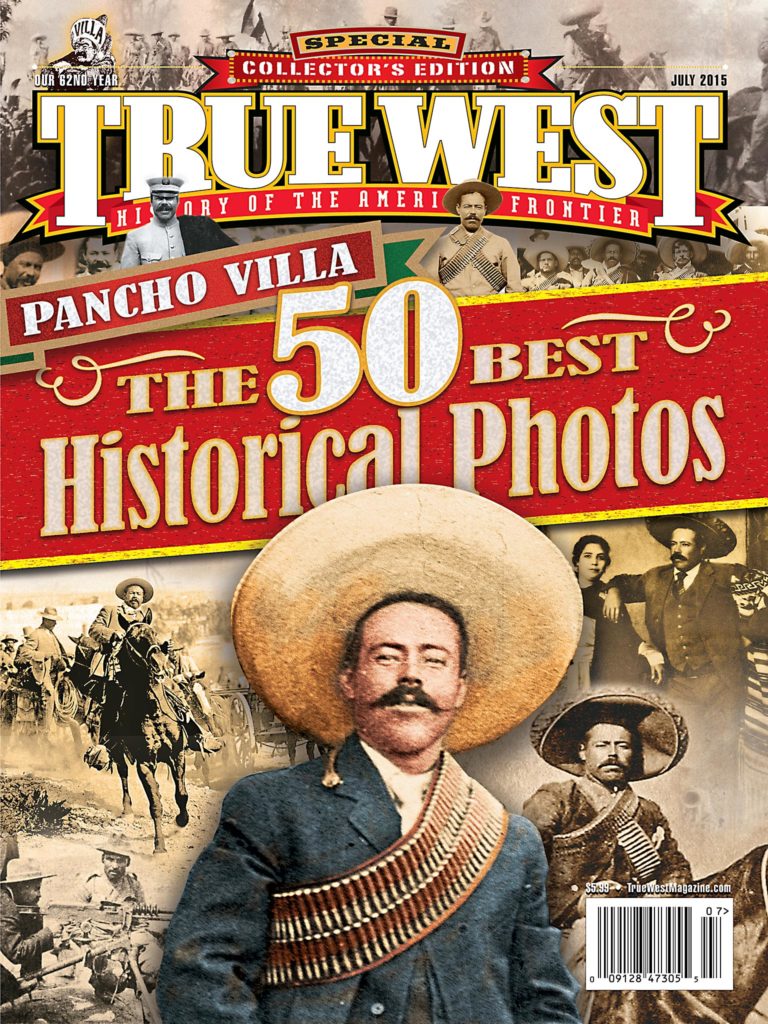Minnesota’s Ojibwe
Discover how the voyageurs opened the West at Grand Portage National Monument.
Biboon (winter) is coming!
With the coming of winter, for which the Ojibwe spent the other three seasons preparing, came the ingenuity and fortitude that characterizes this far north tribe. In addition to creative ways to insulate winter lodges and use animal hides, the Ojibwe invented the toboggan and snowshoes.
The North West Company ran the most profitable fur trade operation on the Great Lakes from 1784 to 1803. Inland headquarters, with its 16 buildings standing inside a palisade, was located at the Grand Portage. The 8.5-mile portage trail allowed hired voyageurs, or trappers, to carry packs between Lake Superior and the Pigeon River.
A unique kinship developed between the Ojibwe and the traders and explorers. The newcomers quickly learned to depend on the techniques and skills of Native people. Perhaps the greatest boon to the Europeans was learning to make the light, very maneuverable birch bark canoes used by the Ojibwe people. On foot, voyageurs could trudge 15 to 20 miles a day, but in the canoe they could cover 60 to 80 miles and carry tons of cargo, too.
As Pamela Neil, Grand Portage National Monument’s chief of interpretation puts it: “The native peoples of this region were full partners in a worldwide trade and commodities venture. Without their support and knowledge, the North American fur trade could not have existed.”






